Since its founding in 1895, the College of Law has held to its commitment to offer a rigorous, practical legal education; to shape the law through cutting-edge scholarship; and to think beyond Syracuse and the J.D.
While honoring the past, as the professions changes, we’ll continue to leverage new technology, global alumni connections, and faculty excellence to offer an unparalleled, profession-ready educational experience.
Explore the timeline below to walk through the milestones of innovation and tradition that differentiate our law school.
1895 The College of Law is founded, with 23 students taking classes in rented rooms in the Bastable Block—home of the famed Bastable Theater—on the corner of South Warren and East Genesee streets in downtown Syracuse. James B. Brooks, a prominent local attorney, becomes the first dean. At its founding, the College offers two years of study leading to an LL.B. (the J.D. was first awarded in 1968).
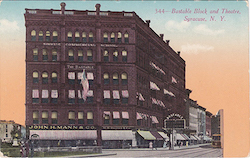
1898 The College moves to the second floor of University Block on East Washington Street, at times disturbing other tenants with students’ “whoops and yells”. The course of study is extended to three years. In 1900, a four-year high school diploma or Regent’s certificate is required for admission.
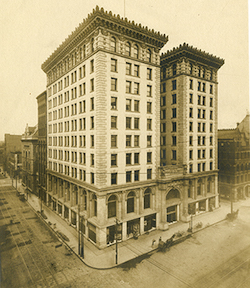
1901 The College becomes a charter member of the Association of American Law Schools, one of 32 law schools that the AALS describes in its history as “exemplars of the academic model for studying the law.” In a bulletin for that year, the College announces the requirement for at least one year of Latin study.
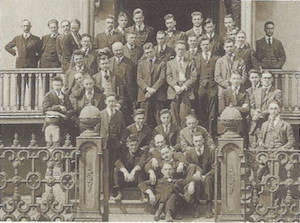
1903 The College marks three notable graduations: William H. Johnson becomes the College’s first African American alumnus; Bessie Seely becomes the first alumna; and Puerto Rican native José Benet Colón becomes the first Hispanic graduate. Today, our first African American alums are recognized annually through the Seeley Johnson Award, given to “a graduate who embodies the highest ideals of professionalism, integrity, diversity, and leadership.”
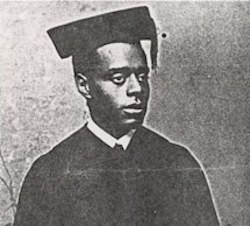
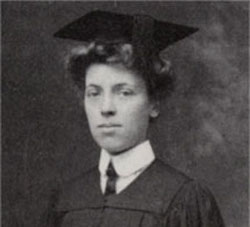
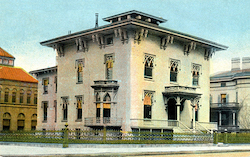
1905 College of Law Debate Club is founded. Students applying in this era had to possess a New York State Regent’s Certificate or high school/academy diploma.
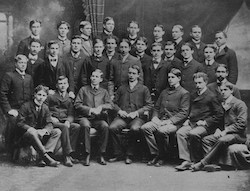
1915 Enrollment includes 229 men and women, including three students from Puerto Rico.
1918 World War I senior class drops to 30 students.
1923 The College is accredited by the American Bar Association Section of Legal Education. Changes to degree requirements come into effect: in 1922, two years of liberal arts study are needed to qualify for an LL.B. degree, and in 1923, the same requirement is made of “law certificate” students. The photo shows a College of Law parade from the World War I era.
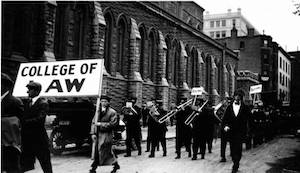
1926 The College moves to Hackett Hall, a former apartment building on Montgomery Street in Downtown Syracuse. The renovation is paid for with a bequest from Minnie Hackett Trowbridge, widow of Francis E. Trowbridge ’1882.
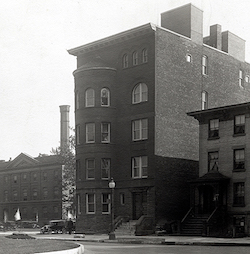
1927 The 25-page Survey of the College of Law of the University of Syracuse and Project for Its Reorganization (aka The Pound Report) is authored by Harvard Law Dean Roscoe Pound, with assistance from Ralph E. Himstead of Cornell College. Among the reforms instigated by Dean Paul Shipman Andrews, the casebook method is adopted, electives are increased, a moot court program is started, and the curriculum is revised. The photo shows the graduating class from that year.
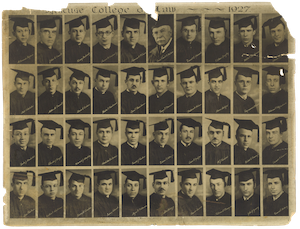
1938 Board of Visitors established, the precursor to the Board of Advisors.
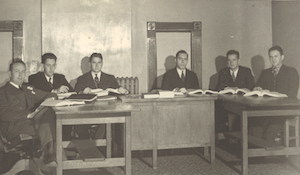
1944 World War II enrollment dropped to 32 students.
1949 Originally offered for a $2 subscription, the Syracuse Law Review publishes its first issue, including an article on “Juvenile Delinquency or Youthful Criminality” by then FBI Director J. Edgar Hoover. In 1962, the Law Review inherited the honor of publishing the “Annual Survey of New York Law”.
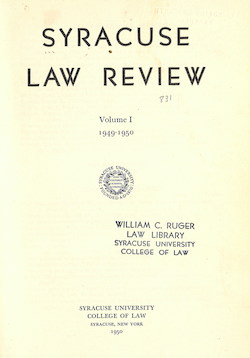
1952 The Order of the Coif is established, offering membership to students graduating in the top 10% of their class.

1954 The ninth building completed in the University’s $15 million post-World War II construction program, E.I. White Hall is dedicated and the College moves onto the University campus for the first time.
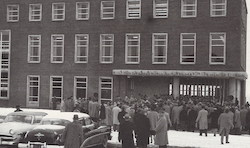
1958 The first formal joint degree programs are offered, including those in law and history and law and geography, cementing the College’s reputation of interdisciplinary teaching and research.
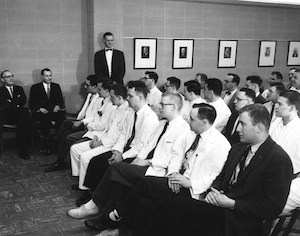
1961 The College’s global perspective widens as it responds to the demand for lawyers to represent American business in foreign transactions with the launch of the International Legal Studies program, a forerunner to the Office of International Programs. A December 1961 Syndicus story recounts student travel to learn about legal systems in The Hague and Nigeria.
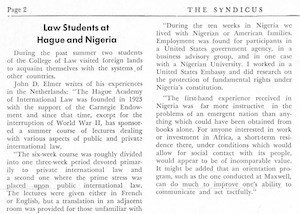
1967 Dean Robert Miller asks Professor Travis H.D. Lewin to begin advising the moot court program, advancing the College’s reputation for advocacy training. In 2019, the Advocacy Honor Society is named in Lewin’s honor.
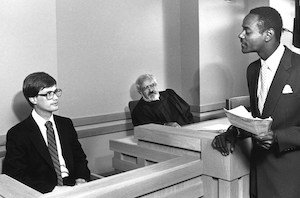
1971 The College opens its Civil/Criminal Clinic, launching the Clinical Education Program. Today, eight clinics help students gain practical experience while providing access to legal services for community members.
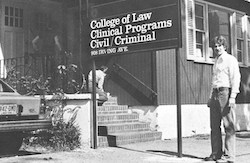
1972 A respected source of scholarship on issues of public and private international law, the Journal of International Law and Commerce is launched by maritime law expert Professor L.F.E. “Fred” Goldie.
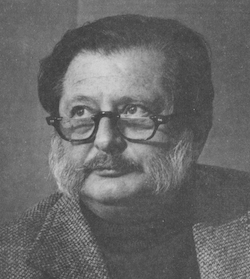
1974 Judith Younger becomes the first woman to be named dean of the College of Law (and first woman in the state to head a law school).
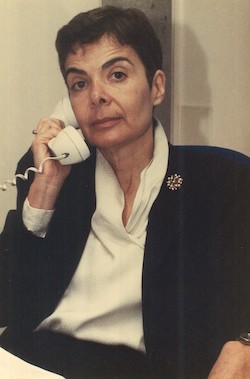
1975 Syracuse Moot Court team is formed.
1976 Syracuse Moot Court team enters the National Trial Competition.
1977 The Law in London program begins, originally as a collaboration with the University of Warwick and the San Francisco School of Law.
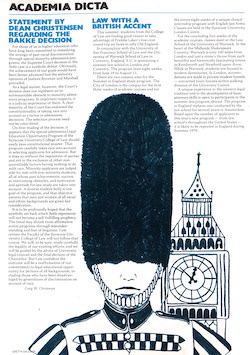
1977 Syracuse wins the National Trial Competition (Robert Wales L’78, Lee Brynley James III L’78, Richard Palumbo L’78).
1979 Syracuse wins the NTC for the second time (Eileen Cohen L’79, Mae D’Agostino L’80, James Priest L’80).
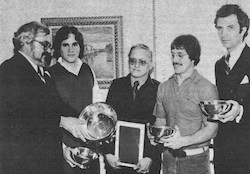
1980 Enrollment of women reaches 40%.
1985 The renovation of White Hall is completed, adding new administrative and faculty offices, computer space, student lounge areas, and the four-level Barclay Law Library, named for New York State Senator and Ambassador to El Salvador H. Douglas Barclay L’61.
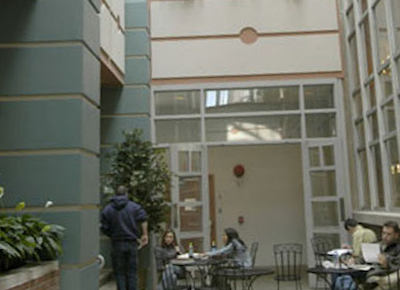
1989 First SPIN Auction (then called the Grant Opportunity Program).
1990 Professor Ted Hagelin creates the Law, Technology, and Management Program, the forerunner to the Innovation Law Center.

1991 After the success of Law in London, the Externship Program is created.
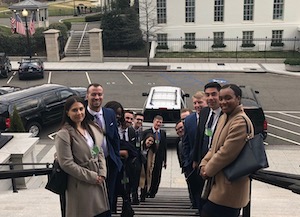
1995 Applied Learning Centers are formed.
1998 Extending capacity next to White Hall, the 57,000 square feet MacNaughton Hall—named for Winifred, wife of Donald MacNaughton L’48—is dedicated by then Sen. Joseph R. Biden Jr. L’68. After the College’s move to Dineen Hall (2014), White and MacNaughton halls are now home to the David B. Falk College of Sport and Human Dynamics.

2003 Professor William C. Banks launches the Institute for National Security and Counterterrorism (now the Syracuse University Institute for Security Policy and Law), offering the groundbreaking Curricular Program in National Security and Counterterrorism Law.
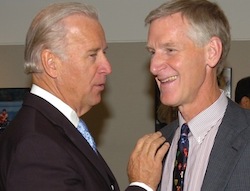
2005 Endowed and named for a disability rights pioneer, the Burton Blatt Institute is founded, a center for transdisciplinary teaching, research, and outreach in disability law and policy. The photo shows BBI staff in summer 2019. In the same year, Professor Arlene Kanter launches the Disability Law and Policy Program, along with the nation’s first joint degree in law and education.
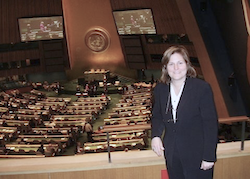
2006 College of Law graduates its largest class of 297 students.
2010 Syracuse Law Review marks its 60th year.
2012 Offering foreign legal professionals the opportunity to broaden their professional knowledge, the LL.M. in American Laws program launches, with Donghoo Sohn LL.M.’13 and Isha Daraway LL.M.’13 its first graduates.
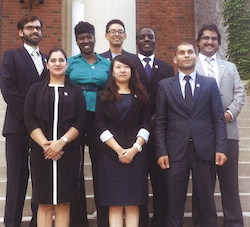
2014 Named one of the best law school buildings in the nation, the state-of-the-art, 200,000-square-foot, five-story Dineen Hall opens on Irving Avenue.
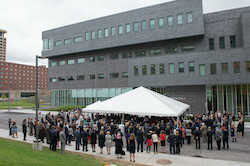
2015 Betty and Michael D. Wohl Family Veterans Legal Clinic opens to serve the legal needs of area service members and their families.
2019 The nation’s first fully interactive online law degree program—JDinteractive—launches in January. In December, the College of Law and Whitman School of Management announce another national first: an online joint J.D./M.B.A. degree program.
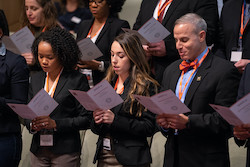
2019 As part of its efforts to diversify the legal professions, in April 2019, the College enters into 3+3 admissions agreements with three Historically Black Colleges and Universities located in Atlanta, GA: Clark Atlanta University, Morehouse College, and Spelman College.

2020 The College of Law marks 125 years since is founding in 1895.
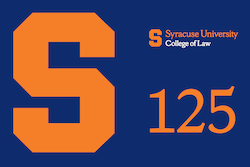
2020 In March 2020, the COVID-19 public health crisis forces the entire College and University into online instruction for the remainder of the spring semester.
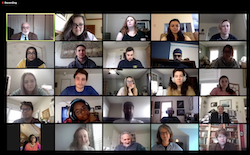
College of Law Deans
| NAME | DESIGNATION | YEARS | |
|---|---|---|---|
| 1st | James B. Brooks | Dean | 1895-1914 |
| 2nd | Frank R. Walker | Dean | 1914-1927 |
| 3rd | Paul Shipman Andrews | Dean | 1927-1952 |
| 4th | Ralph E. Kharas | Dean | 1952-1966 |
| 5th | Robert W. Miller | Dean | 1966-1971 |
| Robert M Anderson | Acting Dean | 1971-1972 | |
| 6th | Jerome A. Barron | Dean | 1972-1973 |
| John A. Beach | Interim Dean | 1973-1974 | |
| 7th | Judith Younger | Dean | 1974-1975 |
| 8th | Craig Christensen | Dean | 1975-1987 |
| Travis H.D. Lewin | Interim Dean | 1987-1988 | |
| 9th | Michael H. Hoeflich | Dean | 1988-1994 |
| 10th | Daan Braveman | Dean | 1994-2002 |
| 11th | Hannah Arterian | Dean | 2002-2015 |
| William C. Banks | Interim Dean | 2015-2016 | |
| 12th | Craig M. Boise | Dean | 2016- |
